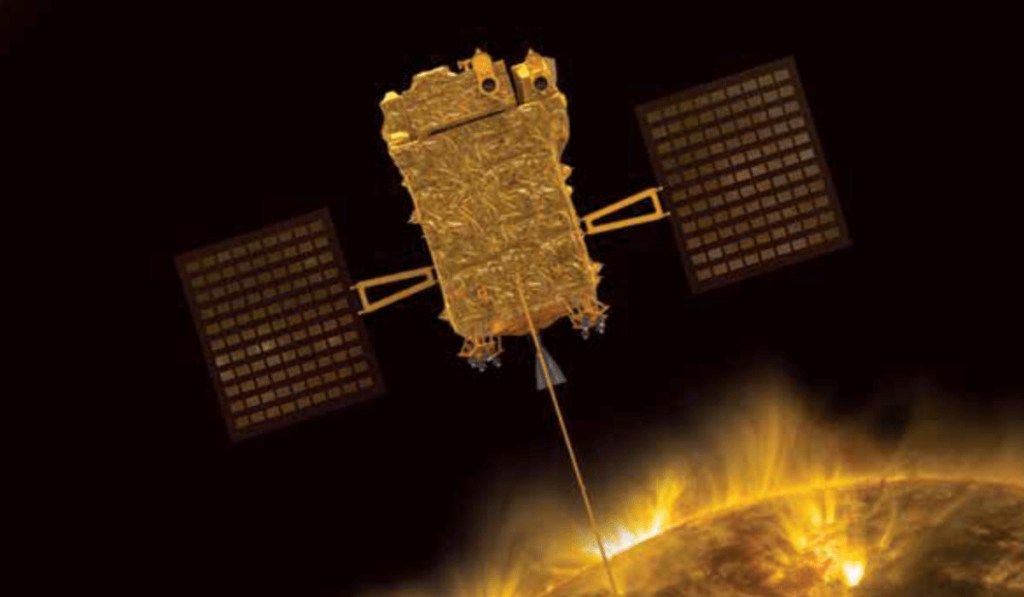India is launching its first space-based solar observatory mission called Aditya-L1 to study the sun — just days after the successful landing of the country’s moon rover mission Chandrayaan-3.
The launch of Aditya-L1 will take place at 11:20 pm PT on September 1 (11:50 am IST on September 2) from Satish Dhawan Space Centre in South India’s Sriharikota using the polar satellite launch vehicle (PSLV-XL), India’s space agency Indian Space Research Organization (ISRO) announced on Monday. After the launch, the spacecraft will require approximately 125 days to reach a halo orbit around the Lagrange point 1 (L1), which is between the sun and Earth, over 932,000 miles away.
ISRO aims to better understand coronal heating, coronal mass ejection, pre-flare and flare activities and their characteristics, dynamics of space weather and propagation of particles and fields through the Aditya-L1 mission. The 3,300-pound satellite comprises a number of science, observation and experimentation payloads, including four remote sensing payloads.
Aditya-L1, codenamed PSLV-C57, has various scientific goals, such as examining solar upper atmospheric dynamics, investigating chromospheric and coronal heating, observing on-site particles and plasma environments, and studying the physics of the solar corona and its heating mechanism. The mission also aims to identify drivers for space weather.
In 2008, Aditya-L1 was originally conceptualized as Aditya (“sun” in Hindi) to study the solar corona — the outermost layer of the sun’s atmosphere. However, ISRO later renamed the mission Aditya-L1 to expand its objective and project it as a full-fledged observatory for studying solar and space environments.
The Indian government allocated approximately $46 million for the Aditya-L1 mission in 2019, though updates on the mission costs have not been disclosed yet.
Last week, the space agency grabbed international attention for the successful landing of its Chandrayaan-3 mission, which was launched in July as the successor to Chandrayaan-2 that crashed in 2019. The remarkable achievement of the spacecraft made India the first country to land on the lunar south pole and the fourth nation globally to make a soft landing on the moon, after the former Soviet Union, U.S. and China.

